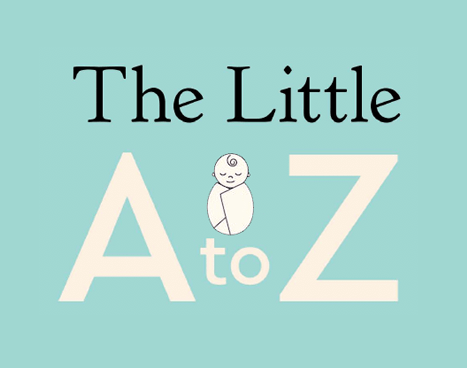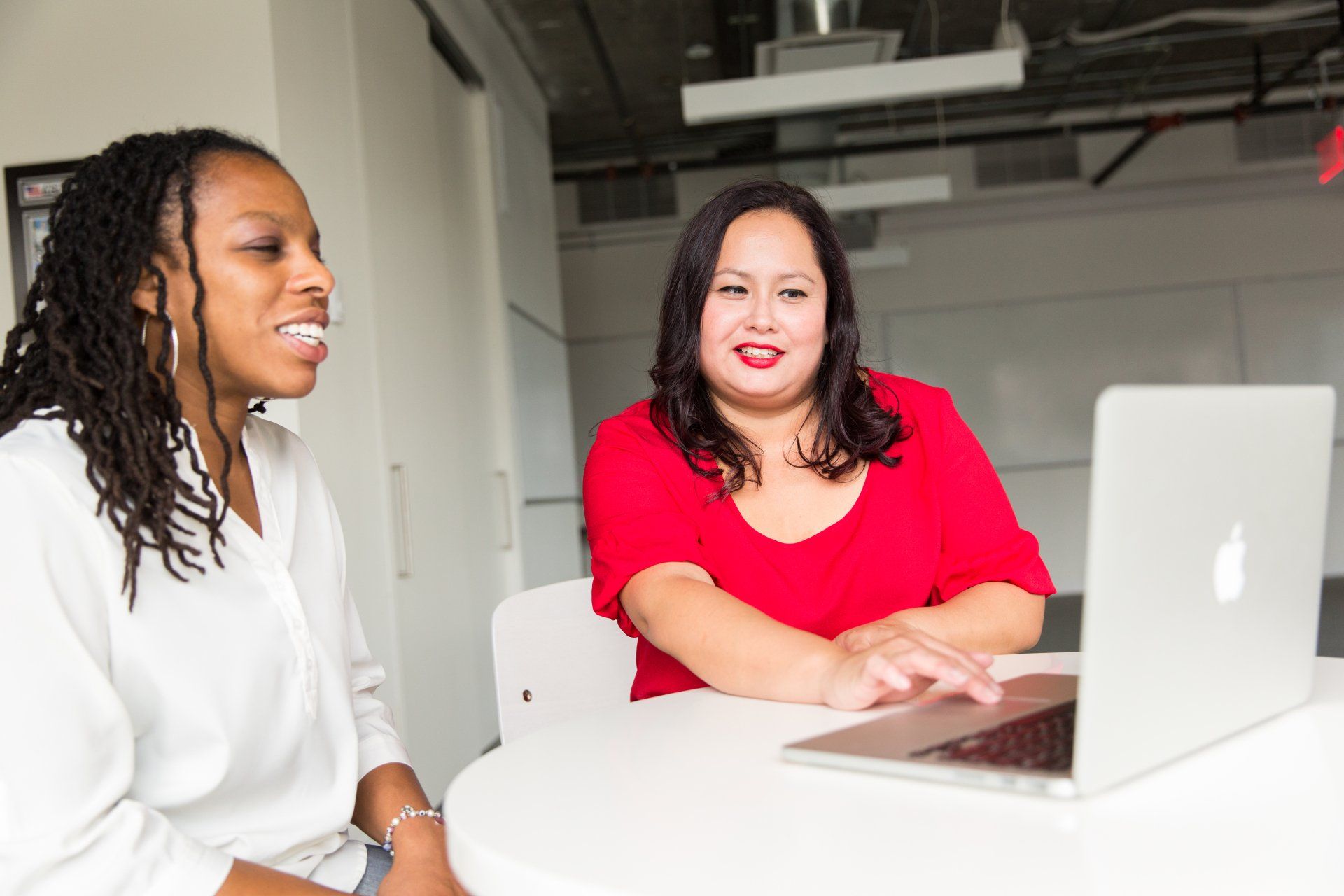Blog Layout
Breaking the Mold, Part 1
Rachel Perks • May 29, 2021
What the past can teach us about the future when it comes to work-life balance

This week’s newsletter is the first of a few entries where we will explore the perennial topic of work-life balance. Though often written about in the last few decades, we’ve seen it rear its head consistently during the COVID-19 crisis. My intention is to lay out over a few newsletters some of the context around the debates on work-life balance and to then position that context within current discussions on new work/office models post-COVID-19.
Background
Though seemingly simple, work-life balance is actually quite a sticky, complicated subject. At the heart of the concept is the individual search for ways to satisfy work demands with those of one’s personal life. Specifically for dual-income professionals, it is the quest to manage two careers while at the same time putting your parenting and your partnering on equal footing.
Yet if we break these pursuits down, we come up against some tougher subjects, namely feminism and gender equality; and our positions on these issues are informed by a whole bunch of assumptions we make in our relationships about responsibility. Often, it turns out, striving for work-life balance requires considerable adjustments to social and cultural norms which shape expectations about who we are as men and women in both our public and private lives.
COVID-19 shone a massive spotlight on the subject of work-life balance, as many of the social structures which have allowed men and women to enjoy some more equitable footing in the public sphere were stripped from underneath us, namely schools and various forms of childcare. For some it also resulted in removing household support functions which freed up time for women to be in the workforce, such as cleaning or nanny services. The truth is that even in circumstances where closing gender gaps in the workforce had been slow but successful, COVID-19 has set us back considerably. Statistics abound of women dropping out of the workforce, of the trillions of hours of unpaid housework women have predominantly assumed on top of becoming virtual educators and maintaining a demanding day job.
There is not a day that goes by where I don’t honestly ask myself how things might be different when we see offices open again. Hybrid or no-hybrid, COVID-19 has given us a golden moment to radically reappraise the way in which we are seeking to achieve greater work-life balance. I for one am optimistic and personally motivated to do things differently, to experiment, and to continue to find that sweet spot between intellectual satisfaction (aka work), warm fuzzier (aka being a mom) and peace (aka being a wife).
Context
What better place to start a reappraisal of work-life balance than to return to one of the classics on the subject, Breaking the Mold by Lotte Bailyn. I put this book in the category of “Major Game Changers” along with Betty Friedan’s The Second Stage. The Second Stage came out in 1981 and builds off of her first book, The Feminist Mystique, which laid the groundwork for first generation feminism in the United States. The Second Stage critically reflects on the necessity for both men and women to participate in the redefinition of social and familial responsibilities, and offers up the idea of a ‘third way’ to achieve gender equality in both the public and private spheres of our lives.
Bailyn’s work comes over a decade later and speaks to the practical implementation of early feminism in the workforce. We are reminded by Bailyn of the drastic changes workforce demographics have undergone in the last 4 decades in the United States. Imagine that in 1967, 70% of families had only a single earner in the workforce compared to less than 30% in 2000. Or consider that less than 1 in 5 married couples with children follow the typical pattern of man works, woman stays home.
Despite the profound changes in workforce composition cited above, Bailyn skillfully lays out how company norms and definitions of what is the ‘optimal’ worker have not. Even today, the ‘optimal’ worker model continues to assume that someone else (a partner) is taking on all (or the lion’s share of) household and caring responsibilities. This in turn frees up the ‘optimal’ worker to devote their physical presence and mental energy to the office. One important consequence of the lack of adaptation by workplaces to this model are individuals reporting feelings such as dissatisfaction, tension and guilt. Bailyn shares the troubling statistic that in recent research 90% of working adults reported concerns about spending too little time with their families. It would be one thing if a small percentage of the workforce was interested in finding more work-life balance. But such a large segment indicates that a significant challenge exists.
Traditionally, and still even today, for those that cannot make the typical sacrifices required by workplaces, professionals (mainly mid-career) find few choices but to leave formal employment. Leaving may not mean leaving the workforce—rather it may mean becoming self-employed, or part-time employed. However Bailyn points out, based on evidence, that this “exit out” is more commonly used by women. Men are more likely to simply adapt to the company norm, thereby reinforcing the norms. In either scenario—whether women leaving or men staying—companies and families alike lose out.
Early company attempts at solutions to this dilemma have not really helped. Even today, if I consider the profile of many institutions including my own, solutions to retaining and promoting a more diverse and inclusive workforce have centered largely on ‘flex’ policies. As Bailyn notes, women are more likely to tap into flex policies which inadvertently harms their careers and only reinforces gendered stereotypes. For instance, women may come back to work after maternity part-time, or may choose to work certain hours in order to be home after school. Whilst noble in their intentions, even today flex policies are proving to insufficiently address what is a much larger problem: where we place work (and the value we derive from it) in the hierarchy of ‘all things life.’ Bailyn rightly notes that as long as companies still reward workers according to metrics such as “long, visible time in the office” and as long as economic and social pressures remain on families, flex policies will continue to be largely taken up by women, with costs to their careers.
Looking Forward
Next week we are going to explore some of the solutions Bailyn and her peers were playing with in the 1990s against contemporary discussions on the ‘return to the office.’ I sense that across professional settings in most advanced economies, there is a yearning both from men and women to re-prioritise the things that matter to them: family, individual happiness, intellectual stimulation outside the home. Fathers and husbands, in my circles at least, are just as keen as their partners to reshape responsibilities. We should not dismiss the pressures they too feel in living up to social and professional expectations. This is why Friedan’s concept of the ‘third way’ is so important. Because it says that men and women have an equal stake in this project we call building society; and that it is by no means static.
If you are thinking about ways to reimagine the way in which your day (and life) flows, there is really no better time than the present. Crises can present the perfect opportunity to do things differently. In the jargon of today, disruption can be good.
Stay tuned next Thursday to explore this topic a bit more. And in the meantime, read Professor Bailyn's own explanation of her book here: https://www.workflexibility.org/author-insights-lotte-bailyn-breaking-the-mold/
She is such a rockstar!
Share
Tweet
Share
Mail









